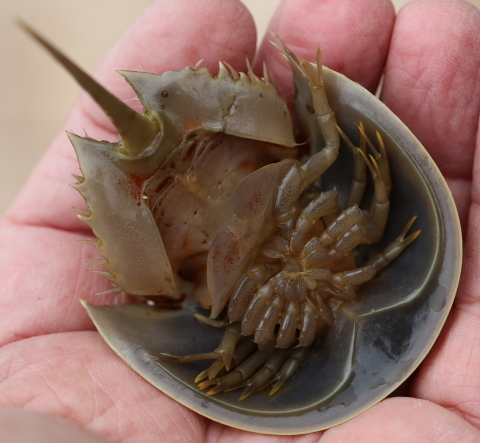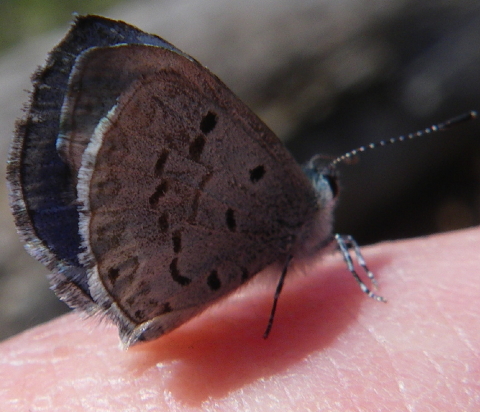What Lies Beneath Every Pond and Lake?
Count your fingers, count your toes; if you’re diving, check your nose! Â Peer deeply through the murky darkness into the mucky bottom of every pond, lake and favorite watering hole, and you’ll find a large, humorless, 35-to-60 pound snapping turtle … waiting.
Aggressive Male 35-Pound Snapping Turtle (Chelydra serpentina)
Every encounter with a snapping turtle is memorable; the bigger the turtle, the more memorable the event. Â We were fortunate to find this pleasant critter cruising the bottom of a flooded SouthCoast bog on Saturday morning. Â Water magnifies objects and creatures. Â So, Don Lewis discounted the enormity of the image Sue Wieber Nourse spotted as he readied the net to bring the creature ashore for closer examination.
IF YOU HAVE AN iPAD & CAN’T SEE VIDEO, CLICK HERE.
Snapper!
The video speaks eloquently for itself. Â And it poignantly reminds us to be careful for what we wish; after all, we may get it.
Rufus the Turtle Dog Exclaims: Â “That’s no turtle.”
When Don lugged this large snapper on shore, Rufus the Turtle Dog examined it closely with furrowed brows. Â She looked up at Don with thought bubbles projecting, “That’s no turtle.”
Rufus the Turtle Dog: Â “That’s a dinosaur … and it’s all yours!”
She stood up, walked away from the creature and formed more thought bubbles that said, “That’s a dinosaur, and it’s all yours!”
Sizing and Perspective for Male Snapping Turtle
The Turtle Journal team has a full complement of scientific devices for documenting field discoveries. Â In the case of a very large, angry, and aggressive snapping turtle, we eschew those delicate instruments in favor of more durable, if less precise measuring methods. Â For weight, we use the reliable “back stress test.” Â We lift the turtle with the 10-foot net, allowing the full strain to focus on the small of the back. Â Yep, 35 pounds. Â For shell length, we prefer not to hold a measuring tape above the critter’s gaping jaws. Â Instead, our sneaker gently laid across its carapace provides the best reading: Â really big.
Male Snapping Turtle Ventral Side and Plastron
The 10-foot net pole also allows us to examine, from a healthy distance, the turtle’s plastron and tail, offering a good indicator of its gender. Â As we have noted in earlier posts, the smallish plastron of the snapper does not provide adequate protection for all its vulnerable parts; a factor that Turtle Journal believes contributes significantly to its aggressive behavior.
Male Snapper Tail (with Leech on Left Rear Leg)
Nothing says ancient, dinosaur-like creature more eloquently than a snapper’s tail. Â You may note that this specimen sports a leech on its left rear leg (see image above). Â It’s difficult to describe how challenging it was for us to remove the leech from the snapper’s limb without the snapper removing portions of our limbs. Â Still, a reptile’s “gratelessness” is one of the attributes for which we admire them. Â No one accused a snapping turtle of bonding with its human rescuer, unless munching is a form of bonding.
Male Snapping Turtle Heading Back Home
After suffering the ignominy of this encounter with humans, the snapper said his fond (sic) adieu and headed back to the depth of his bog. Â If you’re looking for an example of determination, you may wish to review the video one more time.
What Lies Beneath … Once Again?
As the snapper plunged into the water and disappeared into the murk, we got one last glimpse of him submerging, “through a glass darkly.” Â Bringing us full circle, the question lingered in the air, “What DOES lie beneath these murky waters?”






























